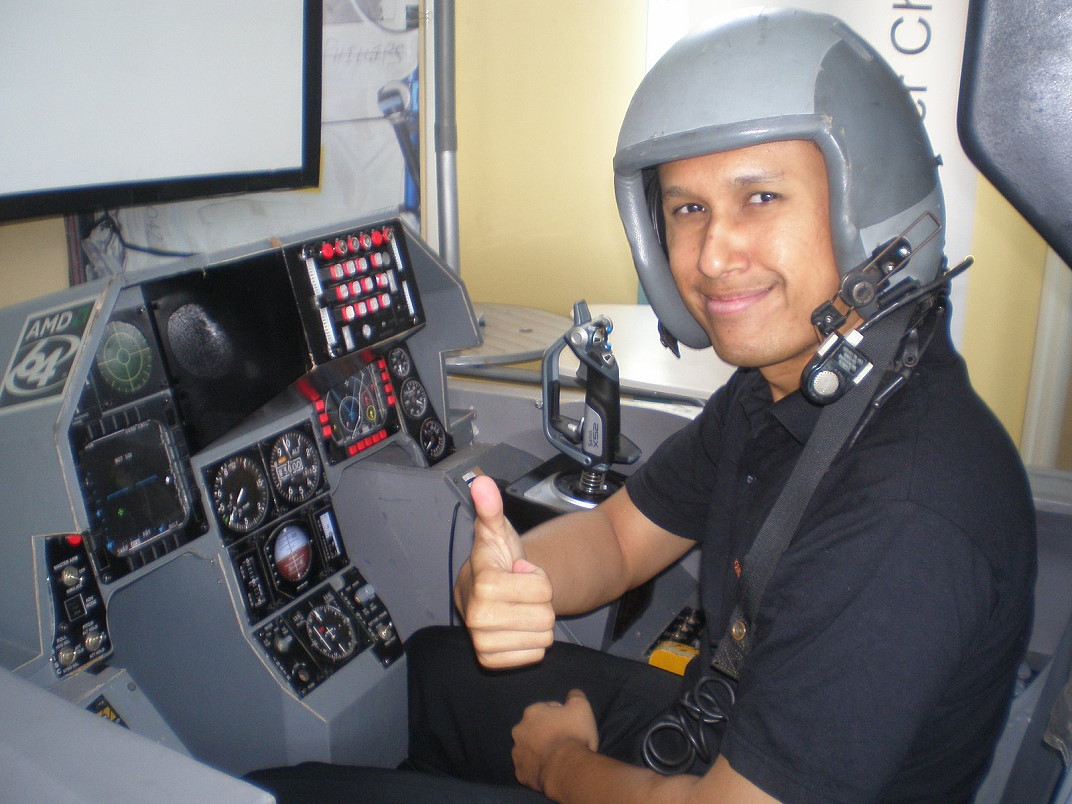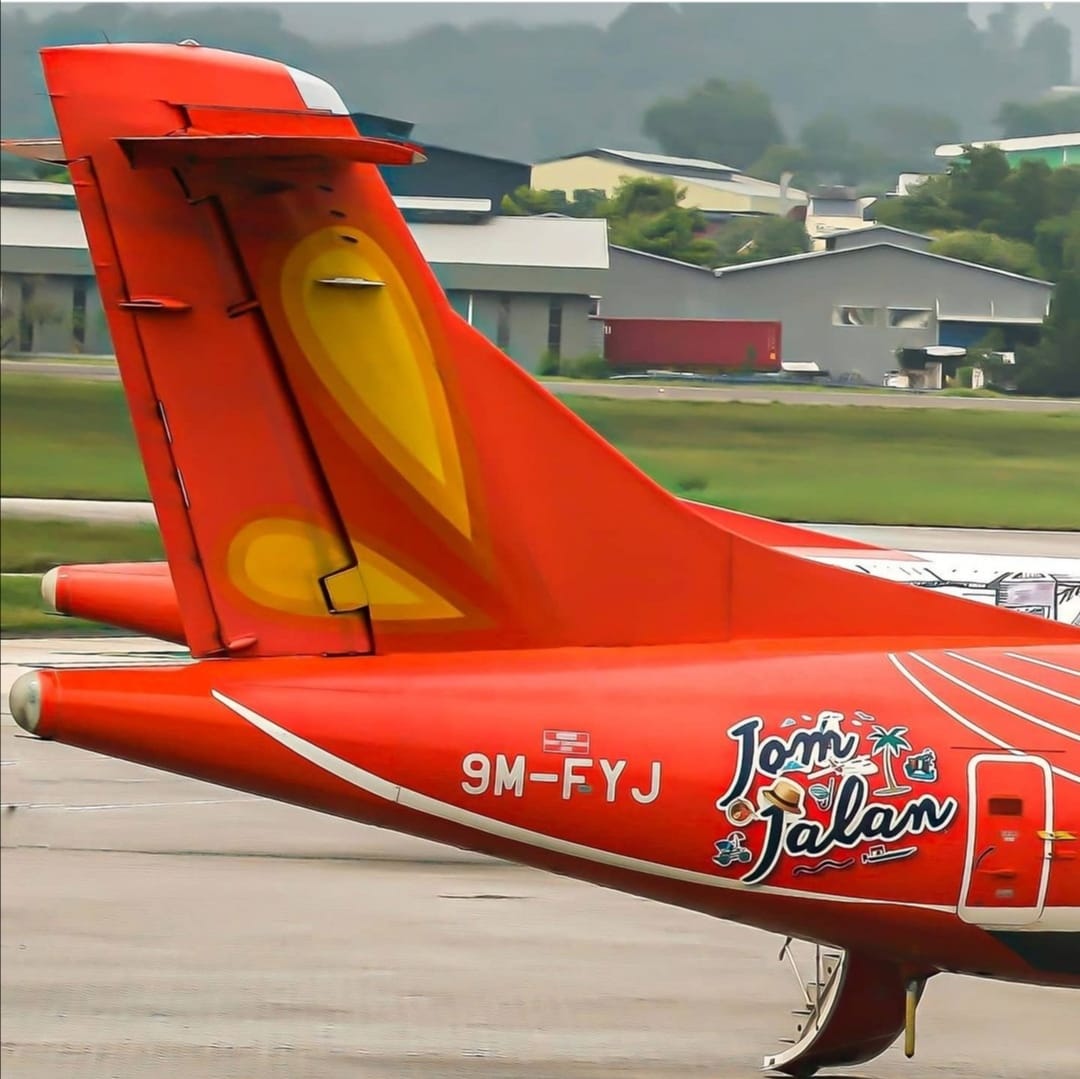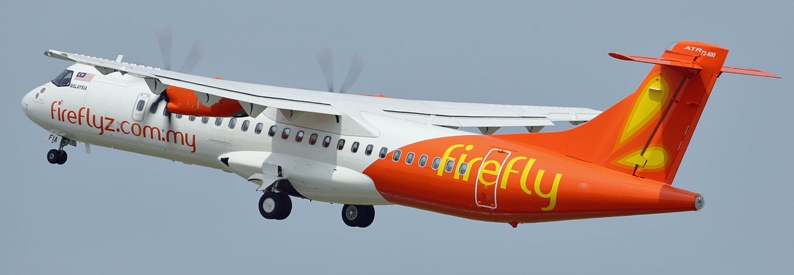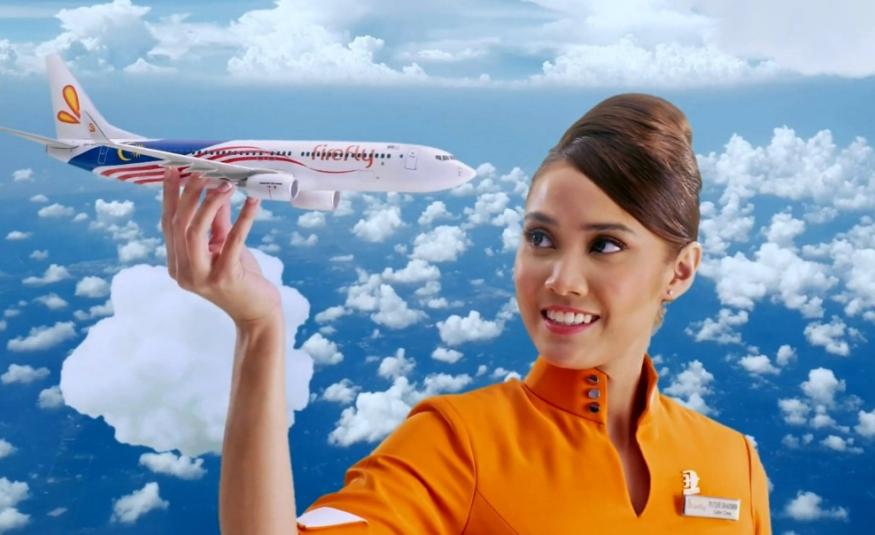KUALA LUMPUR March 30 - Come April 1, Malaysia will reopen it's borders for international tourists and business travellers.
Malaysians in turn can fly overseas as well after being shackled for two-and-a-half years.
Naturally, this moment is long awaited by airliners mainly Malaysia Airlines, AirAsia, Malindo and not to be left out Firefly.
Firefly is all set to flap it’s wings on April 11 out of Penang international airport.
But can Firefly compete with the likes of MAS and AirAsia?
Can the budget airliner arm of Malaysia Airlines stay relevant?
Professor Dr Mohd Harridon Mohamed Suffian said the resurrection of the flight schedule showed that the company is on the verge of regaining profits similar to pre-COVID-19 situation.
"This is an indication that the aviation industry in Malaysia is regaining traction and the industry is capable and able to contribute more towards the economic growth in Malaysia.
As we are moving towards the endemic stage, the volume of air traffic increases as demands from consumers and passengers showed a trend which is positive in nature.

Speaking to DagangNews, the senior lecturer at the Malaysian Institute of Aviation Technology said statistical data showed that domestic tourism is steadily on the rise with the public preferring to travel within the boundaries of this nation and they are also willing to spend on flight tickets and hotels.
"Usually, airlines would conduct studies with regards to demand and the decision to resurrect the route is indicative that the demand is within the capacity of the airline to garner positive cash flow," said Harridon.
Meanwhile, an aviation analyst said MAS marketing activities on Firefly is extremely poor.
"They should emphasize that they are now flying the all new B737-800 jets from Penang instead of the turbo-prop," he told DagangNews.com.
Firefly will start operations with an initial fleet of four B737-800s and will offer flights to Johor Baru, Kuching, and Kota Kinabalu as part of its start-up operations.
There are plans to gradually expand the fleet to 10 aircraft with the expansion of its network to include regional destinations.
The relaunch is an indication that there is a flicker of light at the end of the tunnel after several postponements to restart operations due to uncertain market conditions and still closed domestic borders.

Majority state holder, Khazanah Nasional Berhad’s plan to re-introduce Firefly jet operations is seen as part of the Malaysia Aviation Group restructuring exercise.
"It will be a challenge for Firefly to penetrate the low fare segment of the market after a lapse of more than 10 years as it could expect competition from AirAsia which may boost its northern hub," said William Dennis in a letter to the NST editor.
Dennis said what Firefly could offer would depend on market conditions.
There were initial plans for passengers to enjoy complimentary 20kg checked luggage and a hot meal.
With the price of oil spiking, it could be an expensive move for the airline to continue to extend the gesture if jet fuel continues to be on the uptrend.
"The writings are on the wall that flying would never be the same again. The frills would have to be cut or reduced.
Currently, low-cost carriers are looking at every possible avenue of increasing ancillary revenue.

This is not expected to change in the future or even when the market recovers.
Dennis added as travel gains momentum, based on the availability of aircraft in the leasing market, Firefly should also look at setting up hubs at the Kuala Lumpur International Airport, Senai International Airport, and Kota Kinabalu International Airport.
Firefly started operations on April 3, 2007, as a boutique airline with two Fokker 50 turboprops using Penang airport as its hub.
The airline has expanded, currently with a fleet of 12 ATR72-500 turboprops serving major domestic points in Peninsular Malaysia. - DagangNews.com










